There can be your advertisement
300x150
Everything You Need to Know About Biophilic Elements in Home Design
The term 'biophilic' comes from the Greek words 'bios' (meaning 'life') and 'philia' (meaning 'love'), referring to our innate human need for connection with nature.
The core idea of biophilic design is to bring the 'external nature' inside and establish a connection with it.
This is part of the sustainable development process, which has become a challenge for postmodern architectural industries, including enclosed environments where mechanical systems dominate and living/work spaces such as skyscrapers and office buildings.
What Are Biophilic Elements/Biophilic Design?
Biophilic design incorporates natural elements into the built environment to improve people's wellbeing and health who live and work in that space.
Biophilic design can take many forms depending on the goals and needs of a specific space. It creates places where natural and constructed components blend harmoniously.

Buildings become more sustainable and may extend the lives of their inhabitants by incorporating natural stimuli. Being in a pleasant, natural environment is less stressful than a rigid and artificial one.
Why Use Biophilic Elements in Home Design?
Are There Real Benefits of Biophilic Home Design?
What Are Examples of Biophilic Elements?
We will explore all this and more in this article. Dive in!
Why Use Biophilic Elements in Home Design
Biophilic home design combines the concept of urban life as a blend of urbanism, evolution, technology and natural environment. Even in the busiest cities we can experience nature and feel part of it.
Green infrastructure can increase biodiversity of plants and animals, reduce CO2 emissions, and even control building temperature.
Post-pandemic more people are working from home, as shown by studies of future homes. Thus, biophilic design can help create a healthy, productive and motivating home workspace.
Benefits of Biophilic Home Design
Biophilic design can provide a wide range of benefits to people living and working in such spaces. Some potential advantages of biophilic home design include:
Improved Physical Health
Being in nature or surrounded by natural elements is linked to reduced stress and improved mental health. This can have various physical benefits, including lowering blood pressure and improving immune function.
Including plants and other green elements in the home can improve air quality, helping reduce toxins and other harmful substances. Outdoor spaces or opportunities for outdoor activities in biophilic design can encourage physical activity, improving overall physical health.
Improved Mental Health
Natural elements reduce stress and improve mental health thanks to the calming and relaxing effect of nature on the mind. Being in nature is also linked to improved mood and reduced symptoms of depression and anxiety, a sense of increased wellbeing and overall happiness.
According to the International Journal of Environmental Research and Public Health, indoor plants have a significant ability to sustain attention, causing positive psychological effects.
Increased Productivity
Biophilic design has been shown to enhance concentration and productivity due to nature's calming effect on the mind and the ability of natural elements to reduce distractions.
Natural elements such as natural lighting and materials can create a more comfortable and welcoming atmosphere, allowing for improved focus.
Biophilic design can positively impact productivity including better concentration, reduced stress, improved mood and increased physical activity.
The International Journal of Advanced Chemical Engineering Research states that natural lighting significantly affects cognitive abilities and learning, two key components in boosting productivity.
Examples of Biophilic Elements
Some examples of using natural elements in architecture include:
Natural Materials
Using natural materials such as wood, stone and clay in the home can create a sense of warmth and connection with the natural world. Incorporating water elements such as a small fountain or pond can provide a calming effect.
Wood is a natural material that can be used in various ways in biophilic design: furniture, floors and decorative elements.
Stone such as granite or marble can be used in floors, countertops and walls to create a natural earthy effect.
Clay can be used for building walls, floors and decorative elements providing a warm and natural feel.
Bamboo is a sustainable and renewable resource used in floors, furniture and decorative elements.
Natural Lighting
Incorporating large windows that allow natural light to enter the home can create a bright and spacious feeling while offering connection with the outside world.
Skylights can bring natural light into spaces without windows, such as hallways or bathrooms. Light tubes are a type of skylight that uses a tube to bring natural light into spaces, even if they are not directly under the roof.
Like light tubes, solar tubes are a type of skylight that uses a reflective surface to bring natural light into spaces. Light wells, vertical windows allowing natural light to enter from above, can also be used as a source of natural lighting.
Plants and Greenery
Incorporating plants, gardens and other green spaces in the home can help improve air quality and provide a sense of connection with nature. Creating outdoor spaces such as balconies, terraces or rooftop gardens can offer a connection to the natural world and opportunities for outdoor activities.
Different indoor plants such as ferns, succulents and bamboo can improve air quality and add warmth and greenery to the space.

Vertical gardens, also known as green walls, are a way to include plants in vertical-oriented spaces. They can become a central element, adding color and texture to the space and improving air quality.
Living walls are similar to vertical gardens but usually consist of small plants or herbs grown in a hydroponic system. Covered gardens can be used to create outdoor spaces that provide a connection with the natural world and opportunities for outdoor activities.
Balcony boxes can include indoor plants without taking up too much space. They can be used to add color and greenery to windows or balconies.
Conclusion
Sustainability, eco-friendly construction and natural materials are what people now seek in their homes and offices. There is a broad trend toward biophilia, and people are drawn to patterns and colors that make them feel closer to nature.
Biophilic designs can include natural materials such as wood, bamboo, clay or stone. They offer numerous benefits including uplifting physical and mental health and increasing productivity.
More articles:
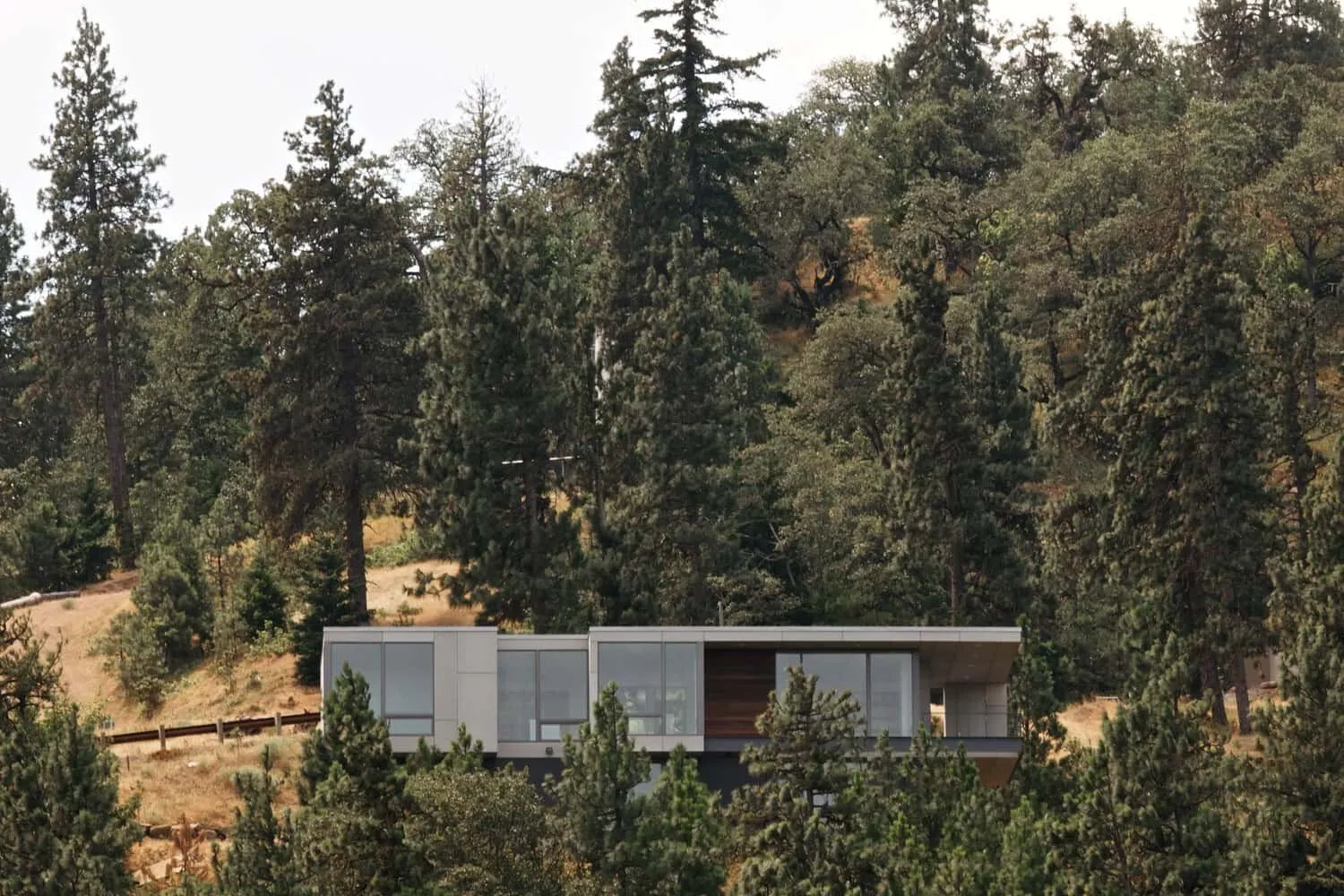 Elements Residence by William Kaven Architecture in Mosier, Oregon
Elements Residence by William Kaven Architecture in Mosier, Oregon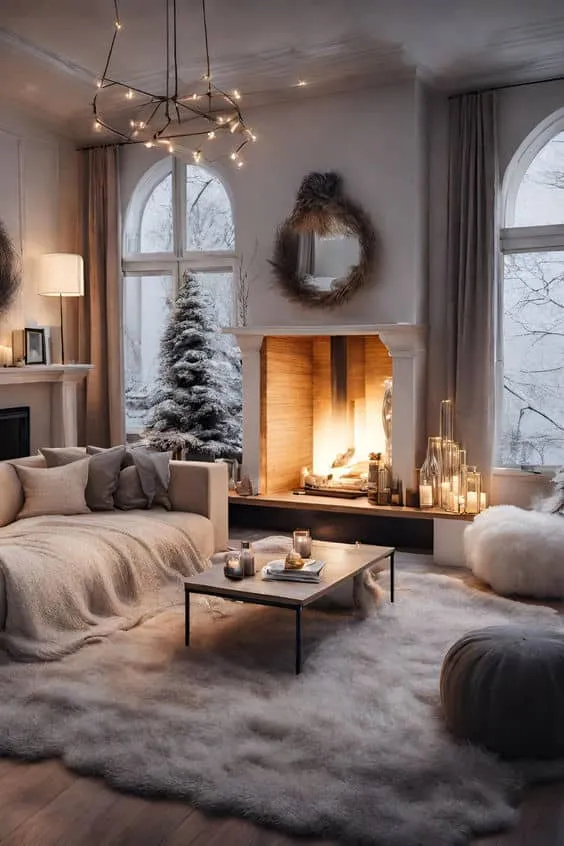 Add Festive Charm to Your Home with a Fireplace
Add Festive Charm to Your Home with a Fireplace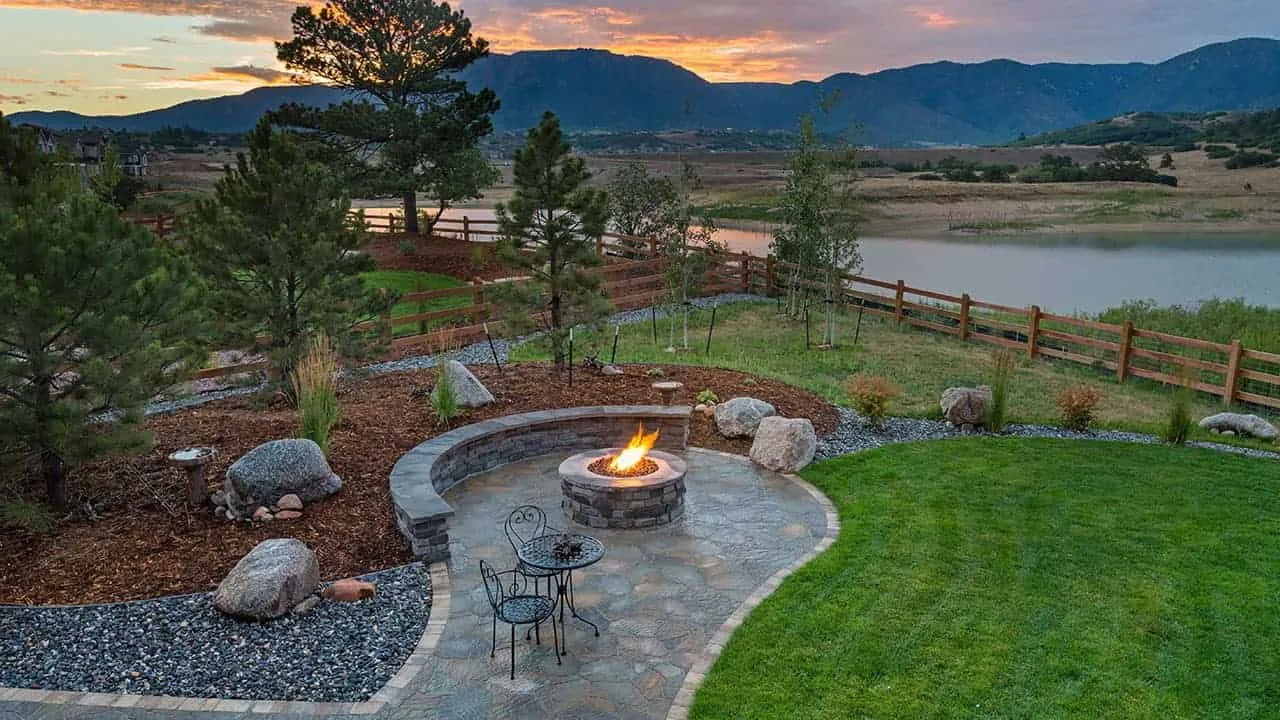 Enhance Your Home's Aesthetics with These External Renovations
Enhance Your Home's Aesthetics with These External Renovations Elevate Your Bedroom Decor with Wooden Shelves
Elevate Your Bedroom Decor with Wooden Shelves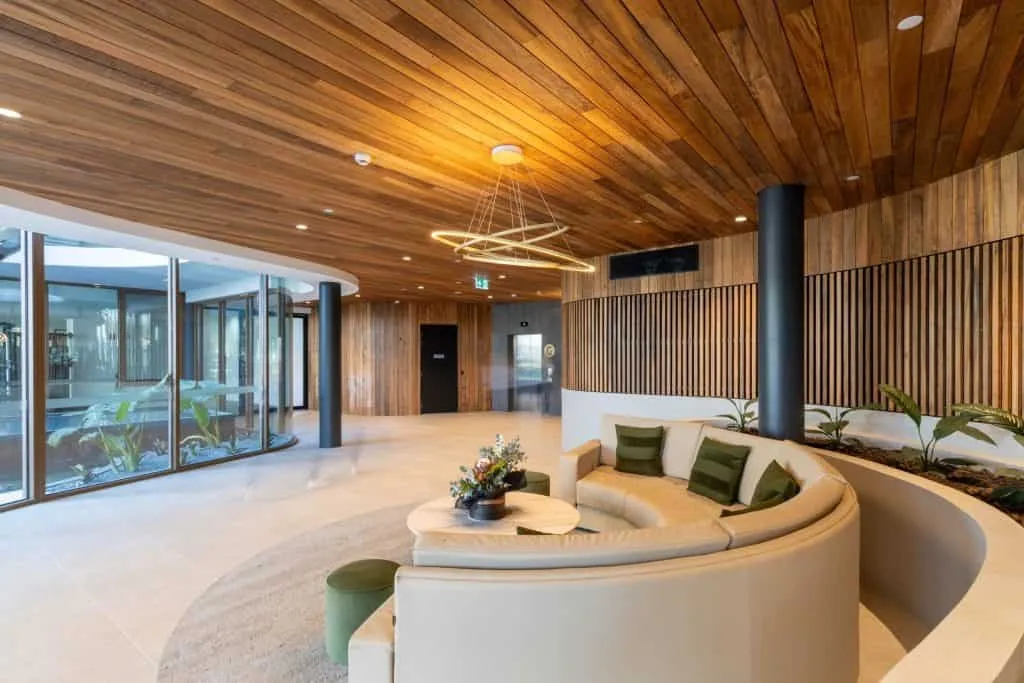 Elevate Your Home Style with Various Types of Ceilings
Elevate Your Home Style with Various Types of Ceilings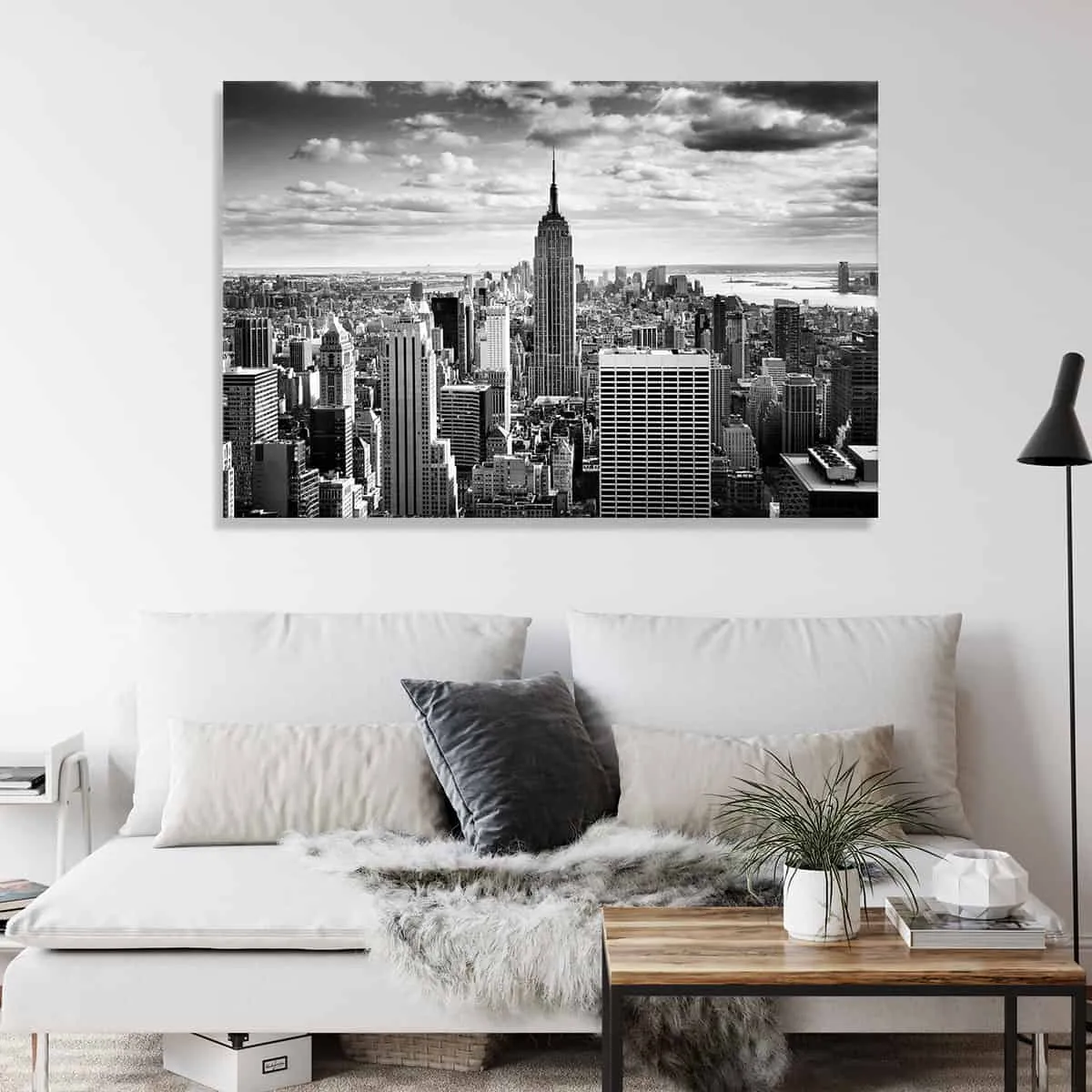 Elevate the Design of Your Dream Home with Custom Canvas Prints: A Must-Have for Every Property Owner
Elevate the Design of Your Dream Home with Custom Canvas Prints: A Must-Have for Every Property Owner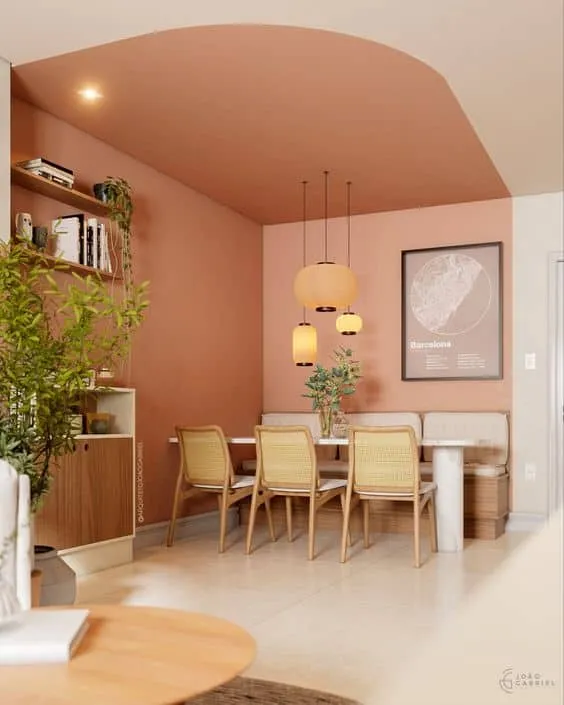 Elevating Interior Aesthetics with a Thoughtfully Curated Salmon Color Palette
Elevating Interior Aesthetics with a Thoughtfully Curated Salmon Color Palette Elite World of Kuşadası by Architect Eşim Koçanlı: Sophisticated Coastal Resort
Elite World of Kuşadası by Architect Eşim Koçanlı: Sophisticated Coastal Resort